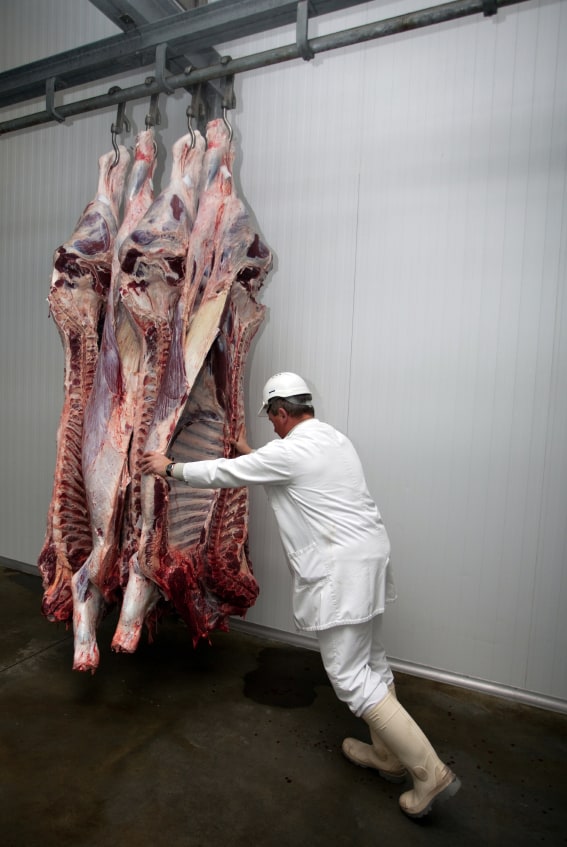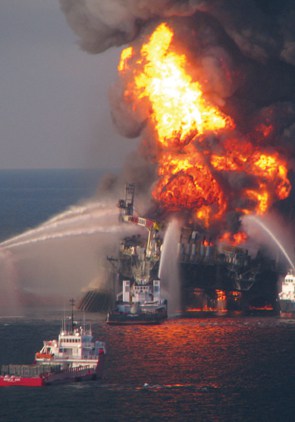Below is an article submitted to SafetyAtWorkBlog as a comment several days ago. After much deliberation I have decided to publish this as an article for the consideration of readers and in the hope that someone may be willing to provide some practical assistance to Daniel.
Daniel has provided a phone number and email address to SafetyAtWorkBlog. Please contact the Editor if you are able to help.
“This is my story. I have tried different other government departments last year to get some help all I have got is the runaround so I thought I would try here. I really don’t know how to word this or where to begin so I’ll start from 2003. I was working for a company here in Adelaide for about a year when I had an accident at work, a week later I was put on work cover my boss decided to get rid of me because I was no used to him anymore. I spent the next three years on work cover, setting at home and slowly going crazy I spent most of that three years fighting work cover to get them to do something to get me back to work but nothing ever happened. after losing my family and everything I had while I was on work cover,
“Finally I was offered redemption prayer out. It wasn’t much for the price I had to pay to be left with a permanent disability and plus I was suffering from depression from the time I spent on work cover I lost my identity as a person and felt completely demoralized. And feeling Continue reading “Daniel’s story”


 The
The 